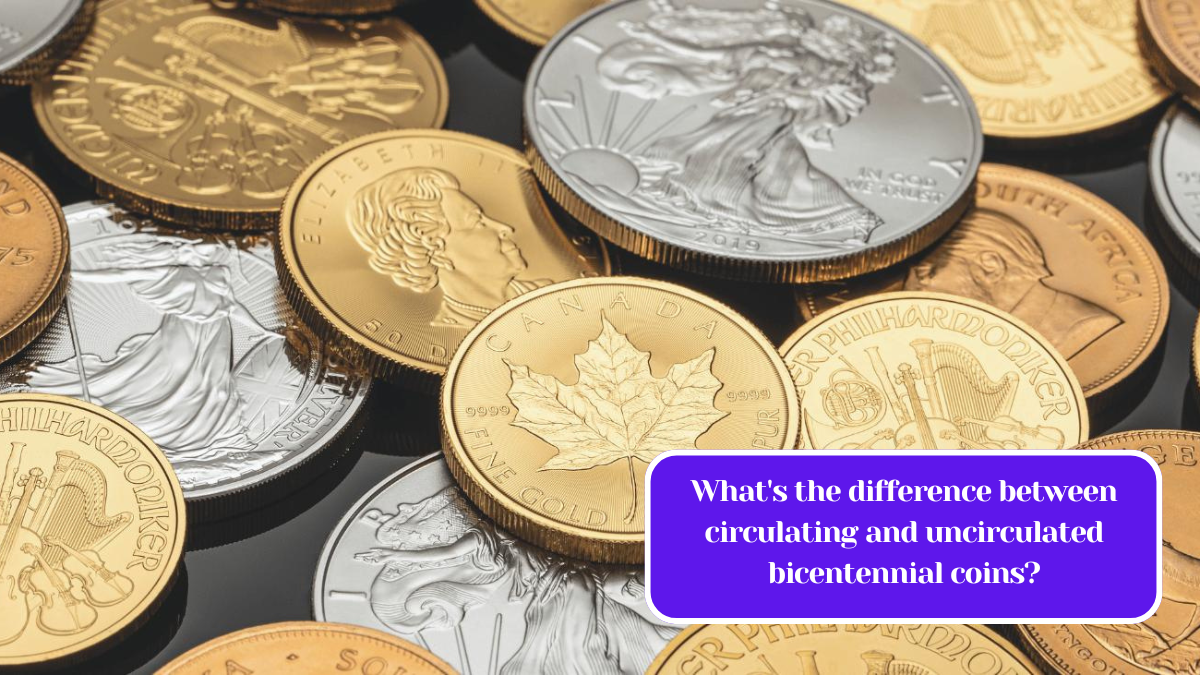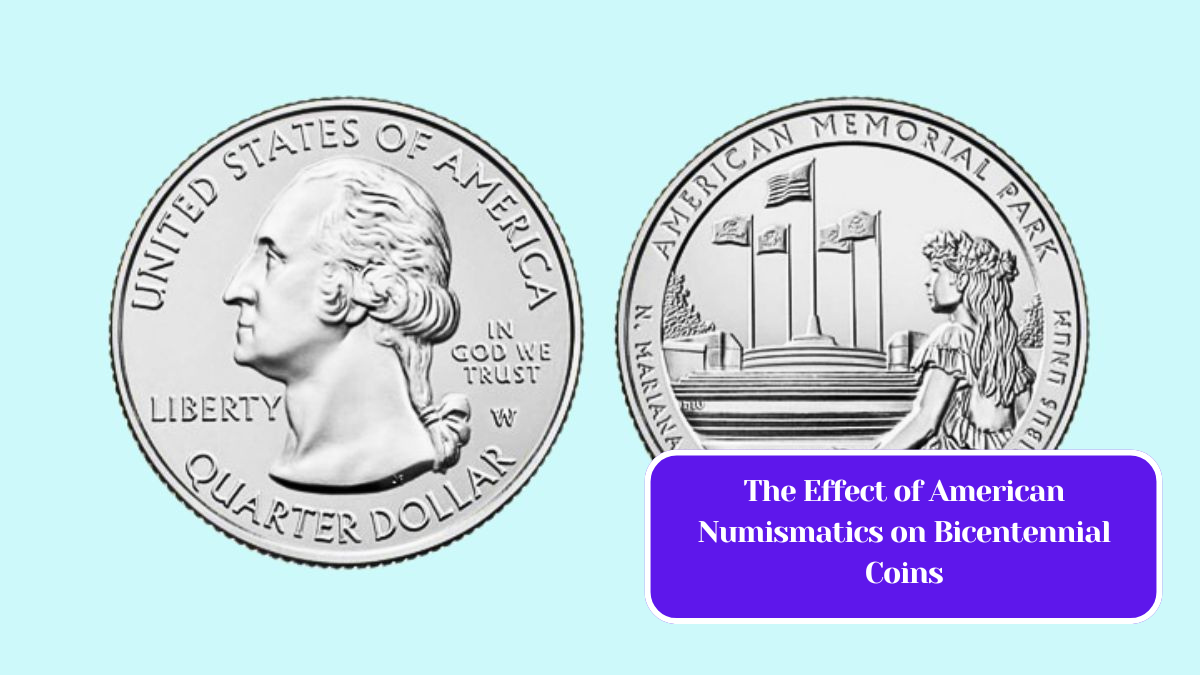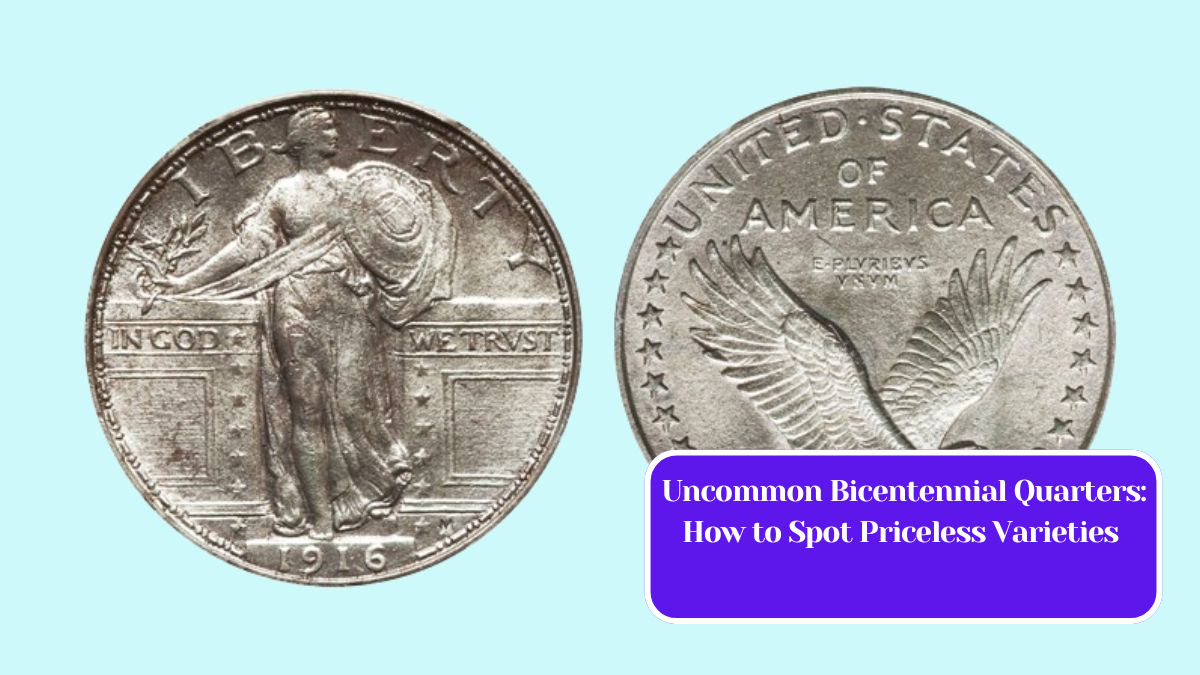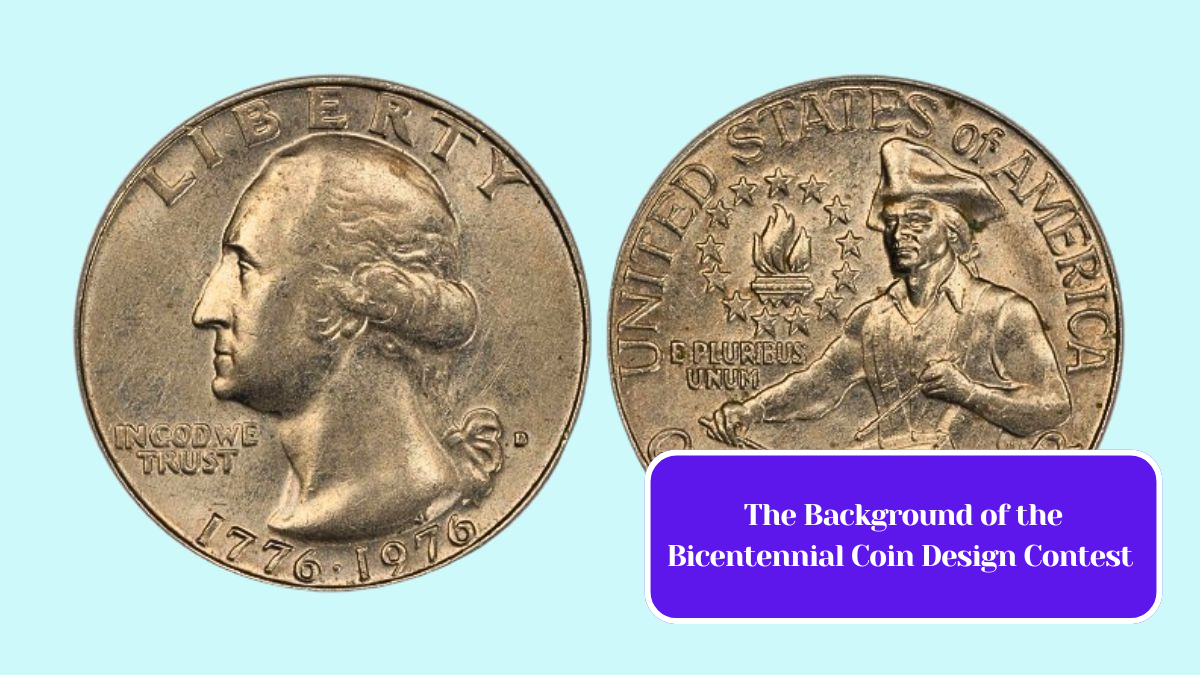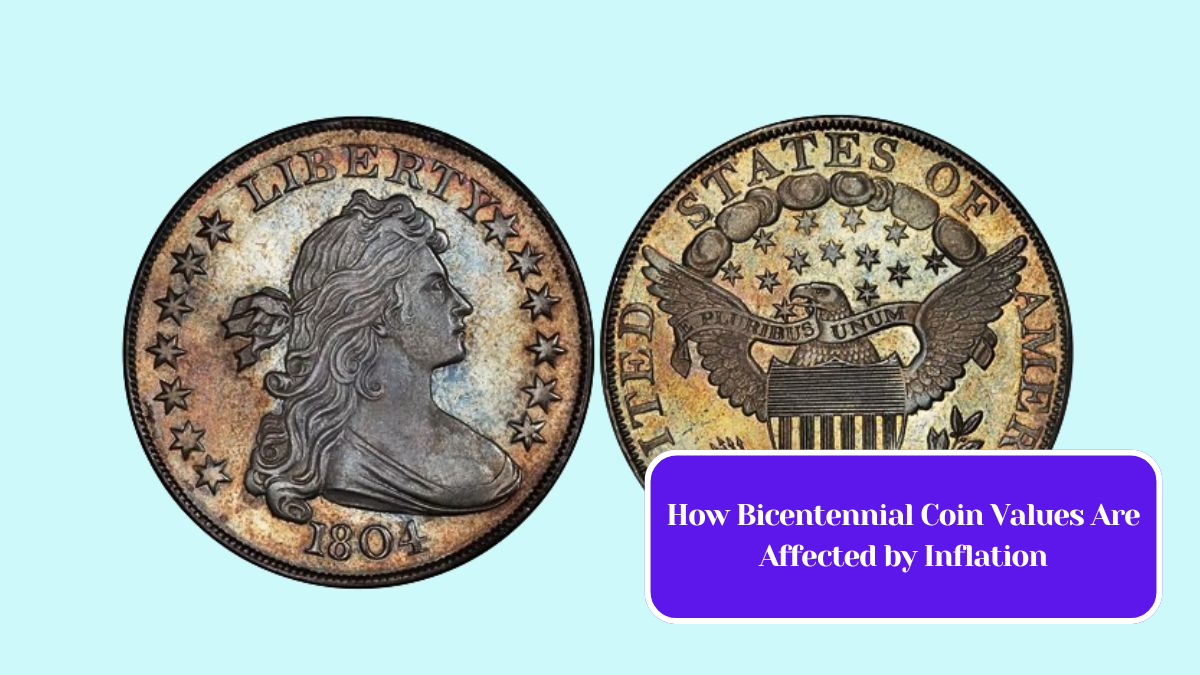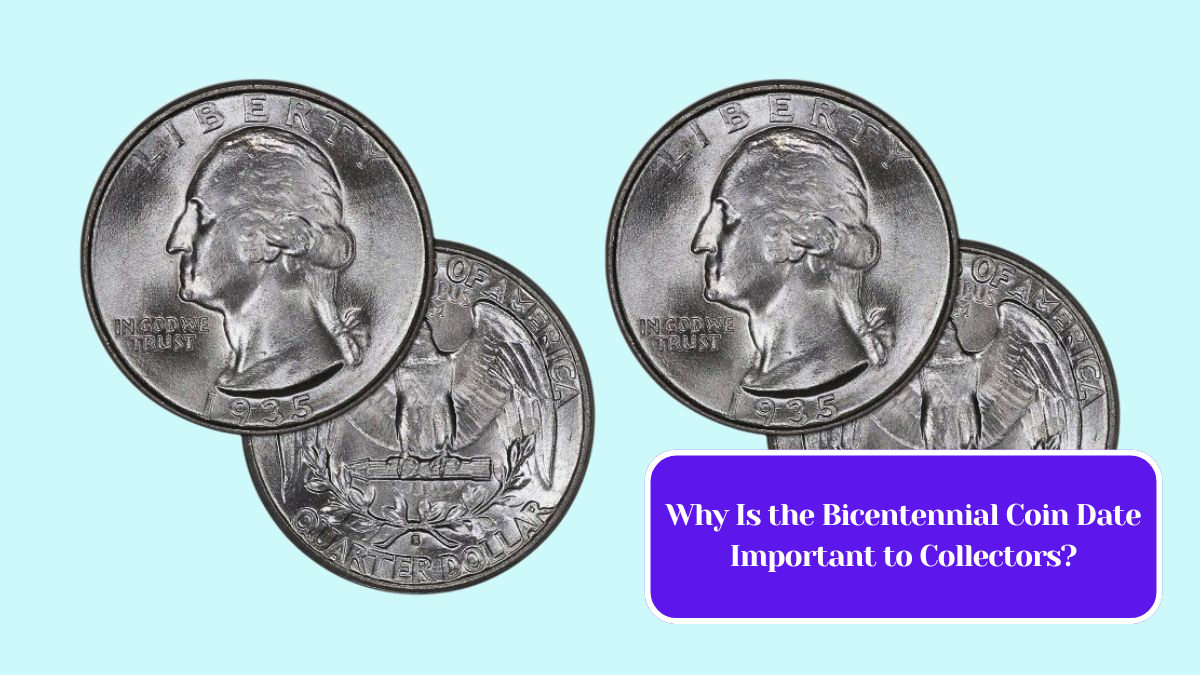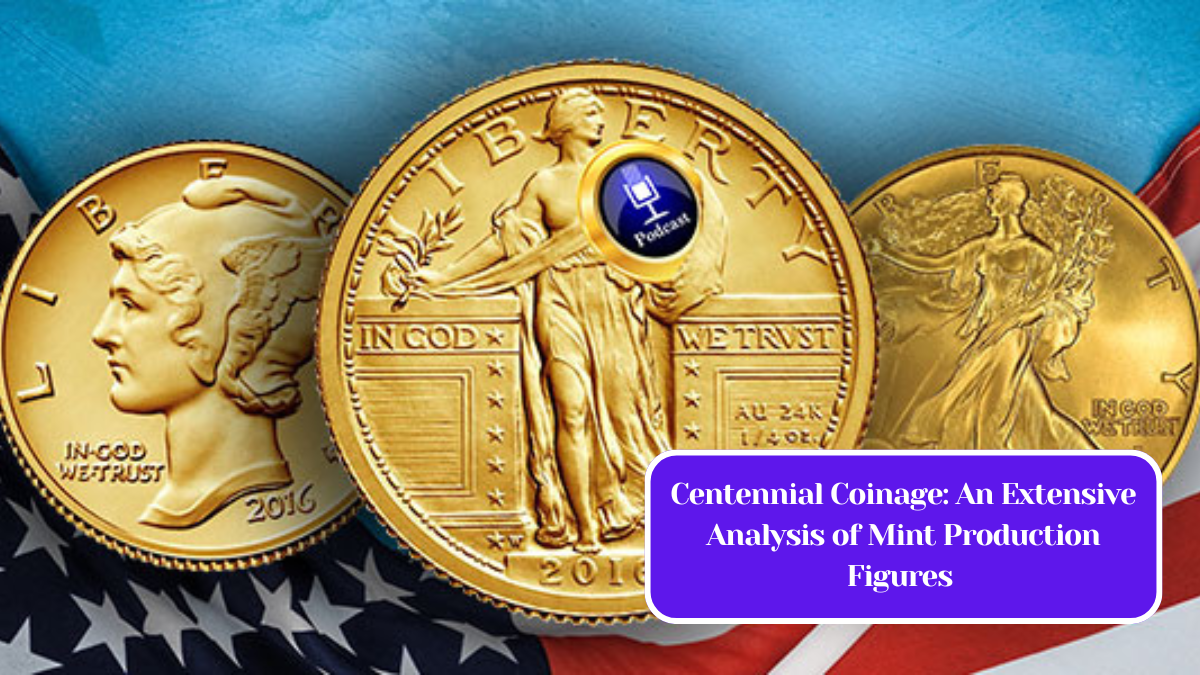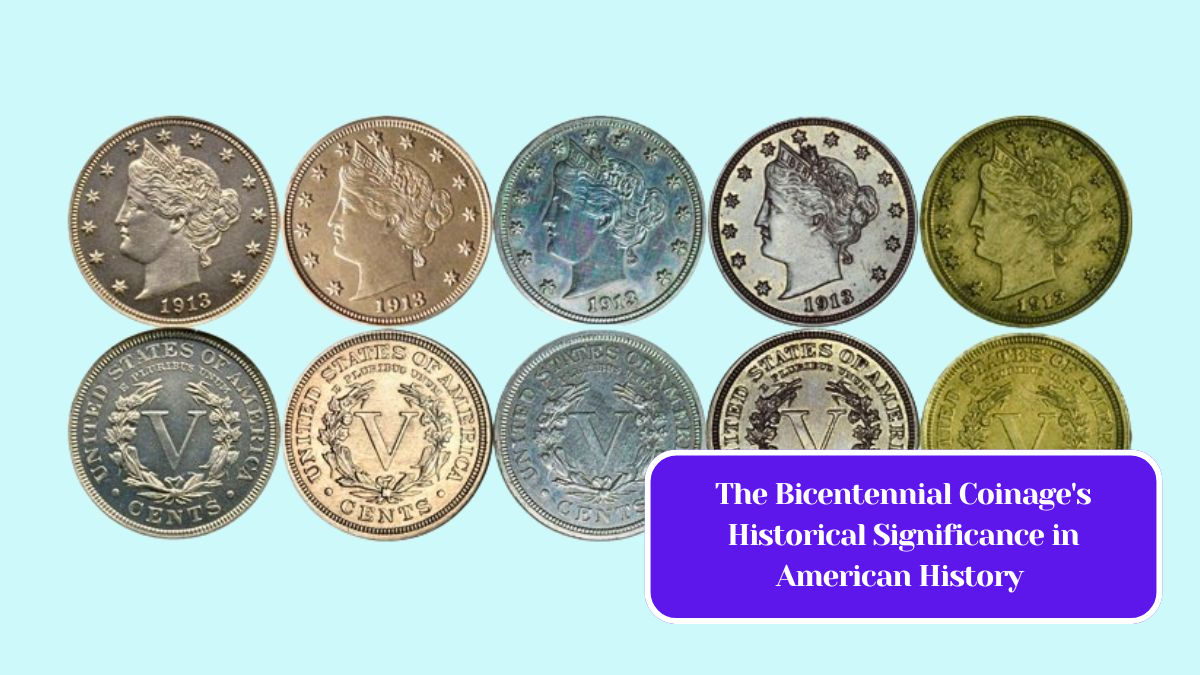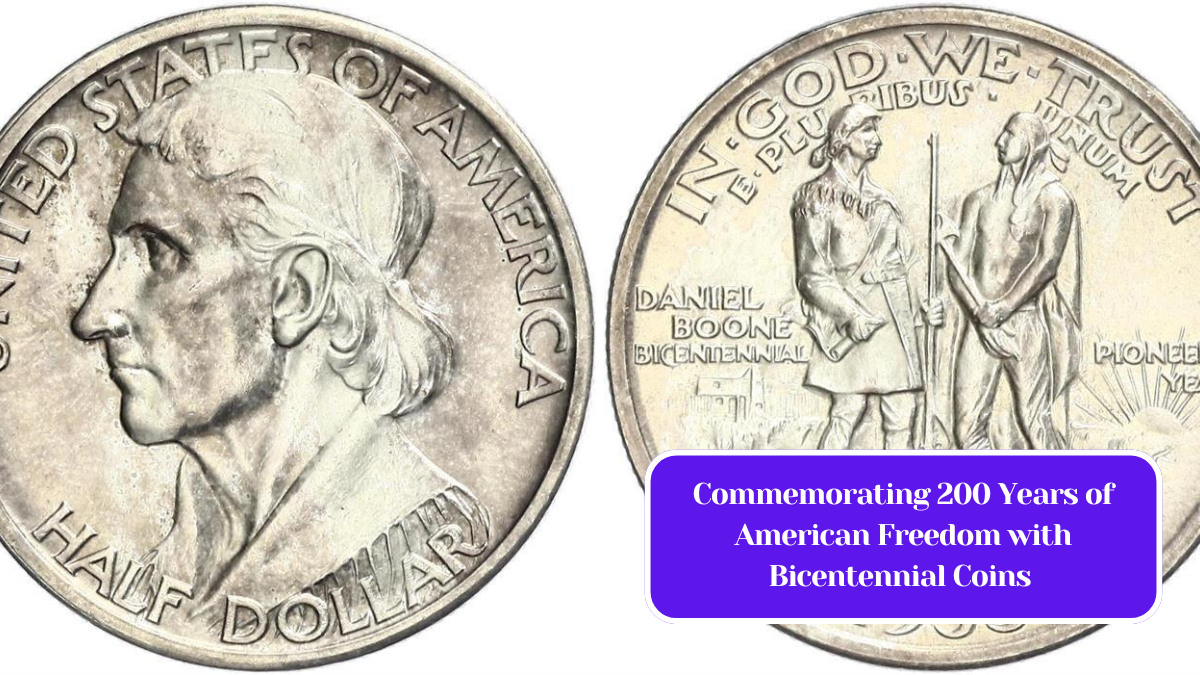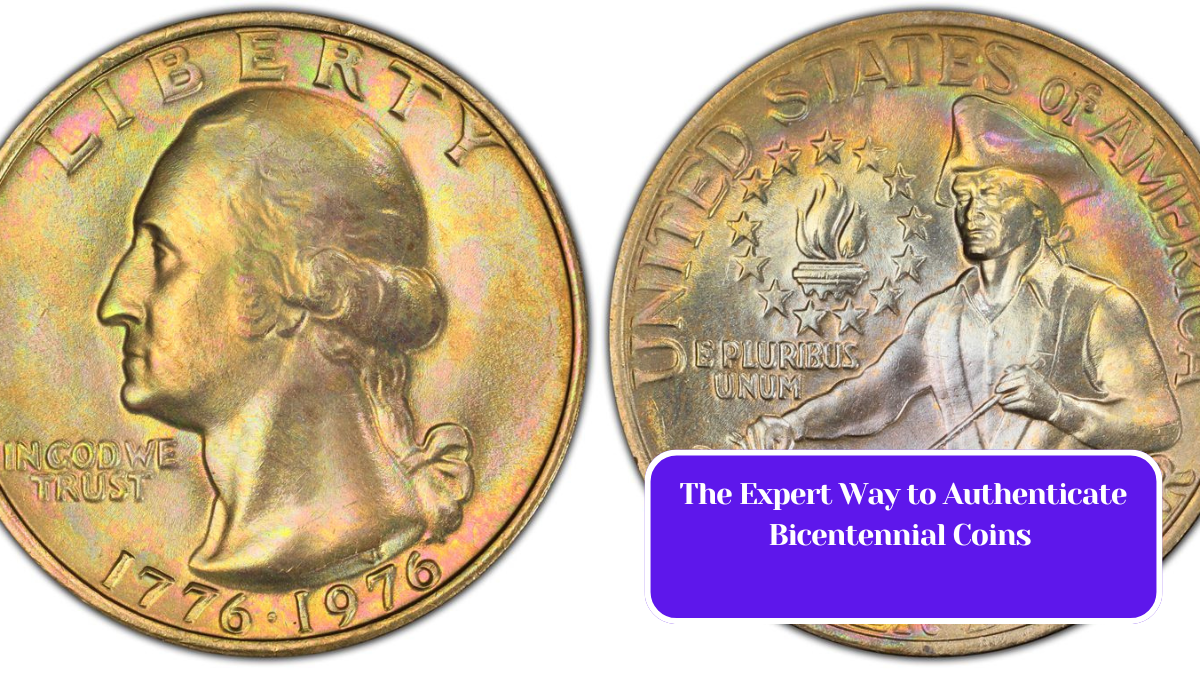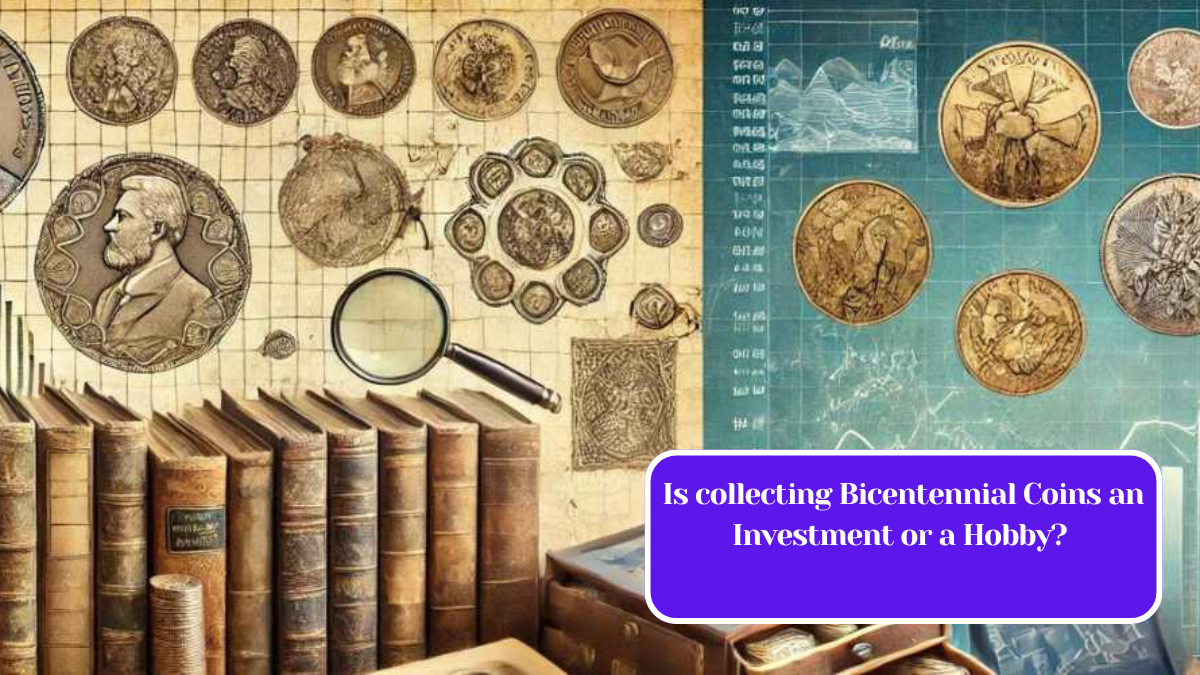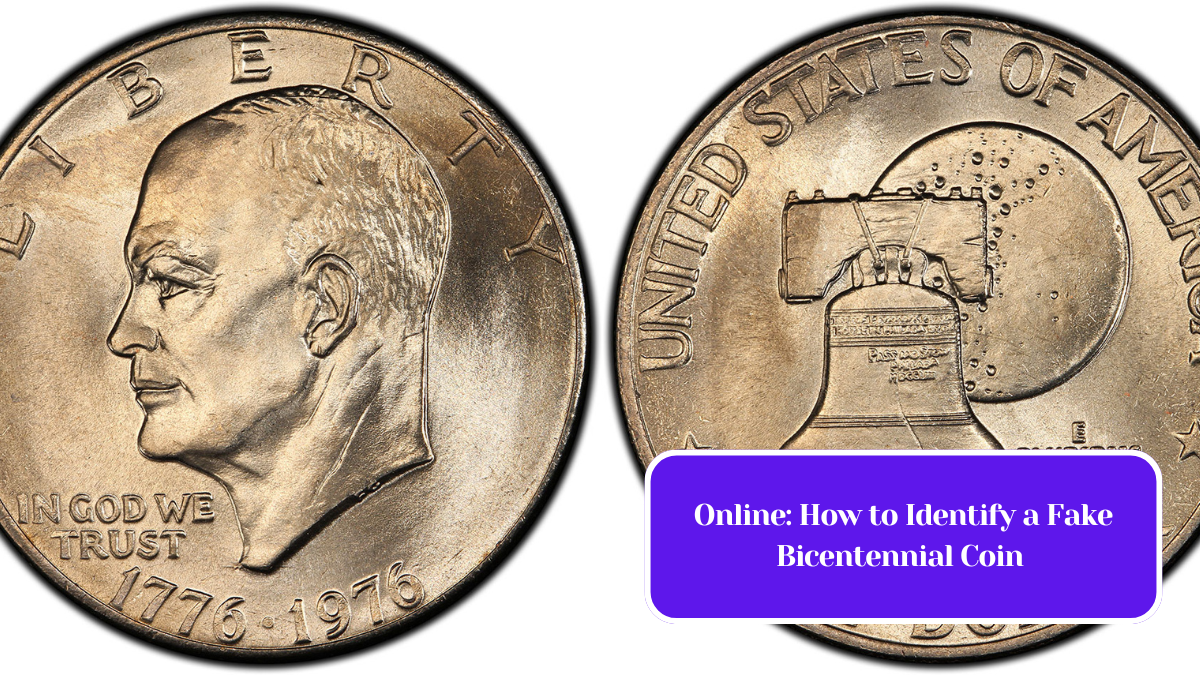As the United States celebrated its bicentennial in 1976, a special series of coins was minted to commemorate the occasion. The Bicentennial coins, including the quarter, half dollar, and dollar, featured unique designs that captured the spirit of American history. However, over the years, various misconceptions have arisen about these coins. This article aims to separate myths from facts to provide a clearer understanding of the Bicentennial coin series.
Myth 1: Bicentennial Coins Are Rare and Valuable
Fact: While Bicentennial coins are often collected, they are not particularly rare. Millions of these coins were produced and released into circulation. Although certain conditions and grades may enhance their value, most Bicentennial coins are worth only their face value—25 cents for the quarter, 50 cents for the half dollar, and $1 for the dollar coin.
Myth 2: All Bicentennial Coins Have the Same Design
Fact: The Bicentennial series featured different designs for each denomination. The quarter and half dollar showcased a depiction of Independence Hall, while the dollar coin featured a Revolutionary War soldier. The reverse side of each coin displayed the year “1776-1976,” emphasizing the bicentennial celebration. Collectors should be aware that these designs are not interchangeable.
Myth 3: Bicentennial Coins Were Only Minted in 1976
Fact: Although the coins were introduced in 1976 to mark the bicentennial, they continued to be minted in subsequent years. The same designs were used until 1978, leading to confusion about their production timeline. Coins dated 1977 and 1978 may also have the Bicentennial design, further blurring the lines of their perceived rarity.
Myth 4: All Bicentennial Coins Are Silver
Fact: Only the Bicentennial half dollar and dollar coins were minted in a silver composition for collectors. The circulating versions of these coins were made from a copper-nickel alloy. Collectors should note that the silver versions were only produced in limited quantities, making them more valuable than their clad counterparts.
Myth 5: Bicentennial Coins Were Only for Collectors
Fact: While many people collected these coins, they were also intended for circulation. The U.S. Mint produced a large number of Bicentennial coins to ensure they would be available to the public. In fact, millions of these coins circulated widely during the 1970s and beyond, making them accessible to anyone who used cash.
Myth 6: Bicentennial Coins Are No Longer Legal Tender
Fact: Bicentennial coins remain legal tender and can still be used in everyday transactions. Although they are often seen as collector’s items today, their face value is still valid. Therefore, you can still find these coins in circulation, although their frequency has diminished over time.
The Bicentennial coin series represents an important moment in American history and continues to be a topic of interest for collectors and enthusiasts alike. By understanding the myths versus the facts surrounding these coins, individuals can make informed decisions about collecting, trading, and valuing them. Whether you’re a seasoned numismatist or just curious about the Bicentennial coins, recognizing the truth behind these misconceptions will enhance your appreciation of this unique piece of Americana.

